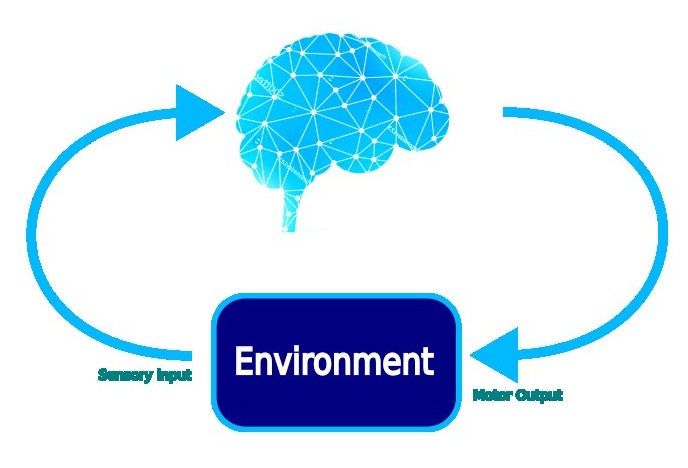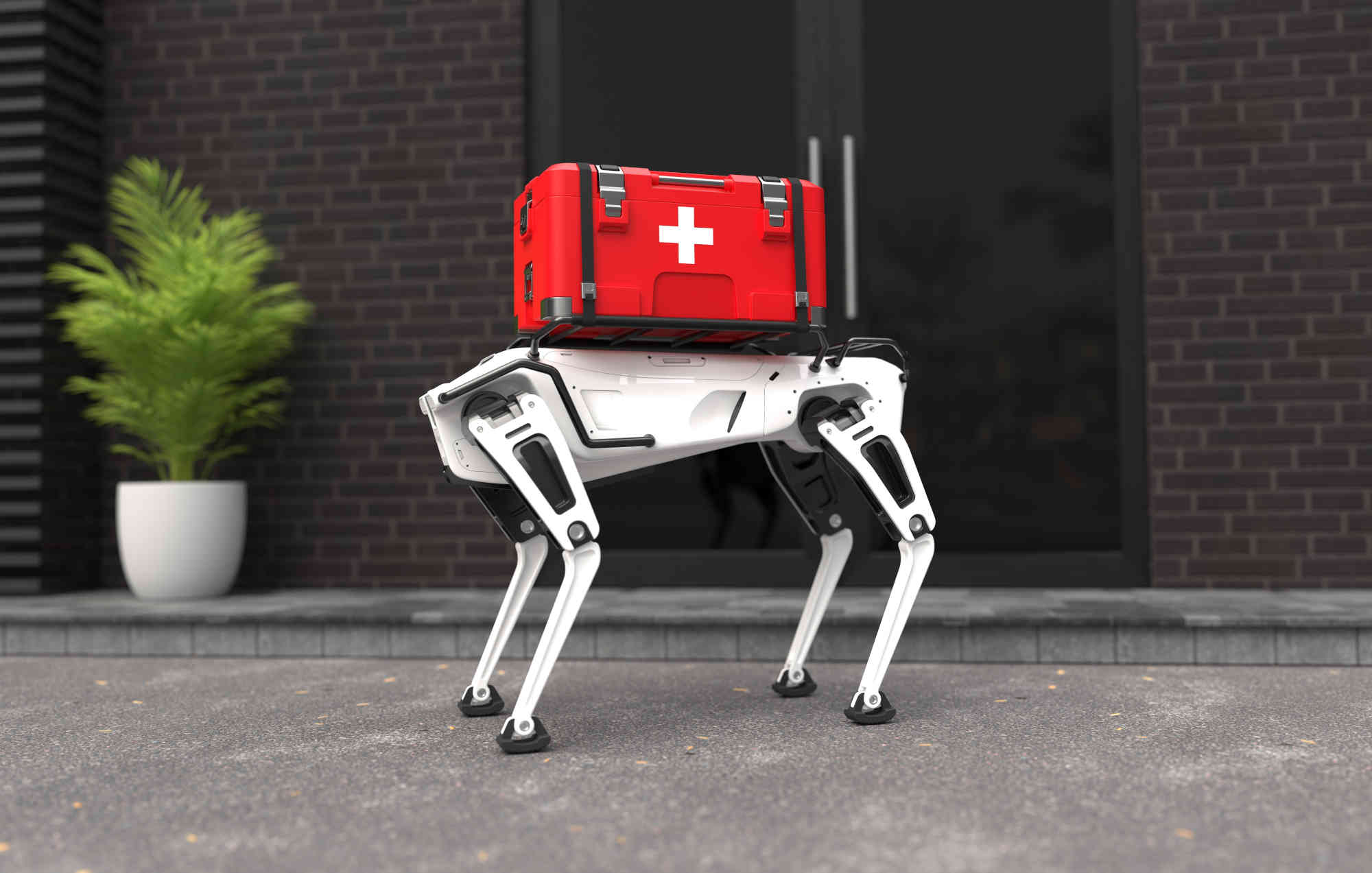What Is Synthetic Sentience?
Animal brains exhibit sentience in nature. They sense the environment, and generate output by controlling muscles, which provide for locomotion, manipulation of the environment, and communication with other animals. Sentience is the closed-loop awareness that arises in brains when both their sensory data and their own generated behavior feed back as inputs, making the brain aware of its own interaction with the environment.
Synthetic sentience is the same effect, produced in a synthetic brain that uses robotic hardware or a virtual agent program to interact with its environment. These synthetic brains are really models of designed and engineered brains operating in a high-fidelity, real-time simulation engine.



